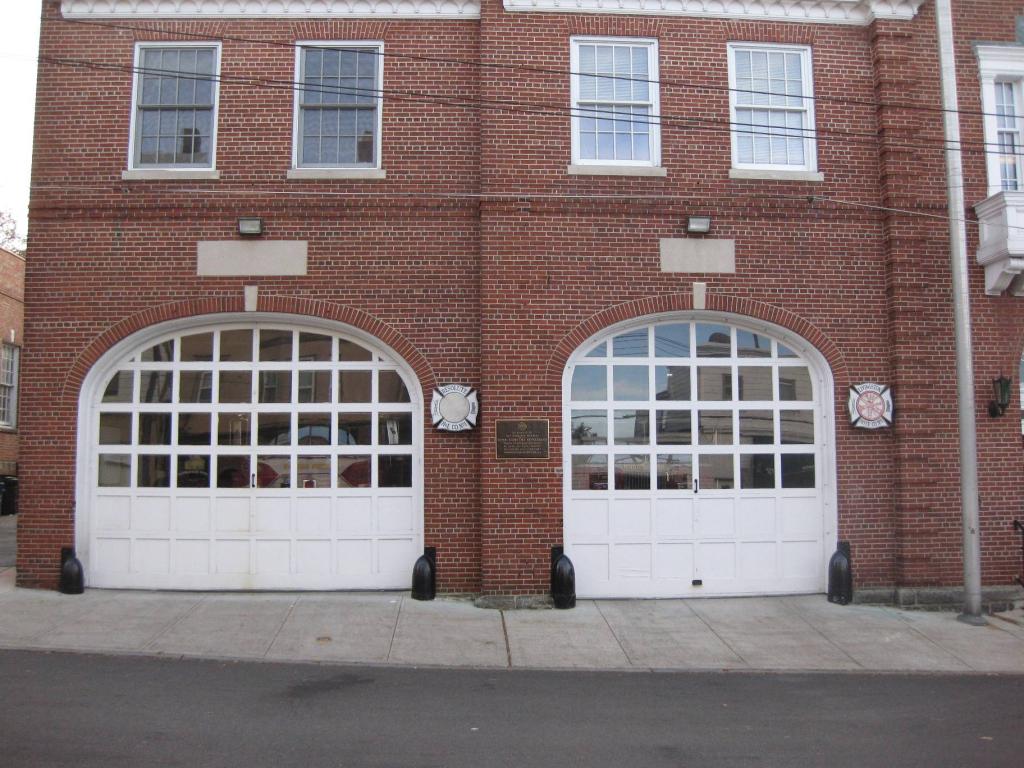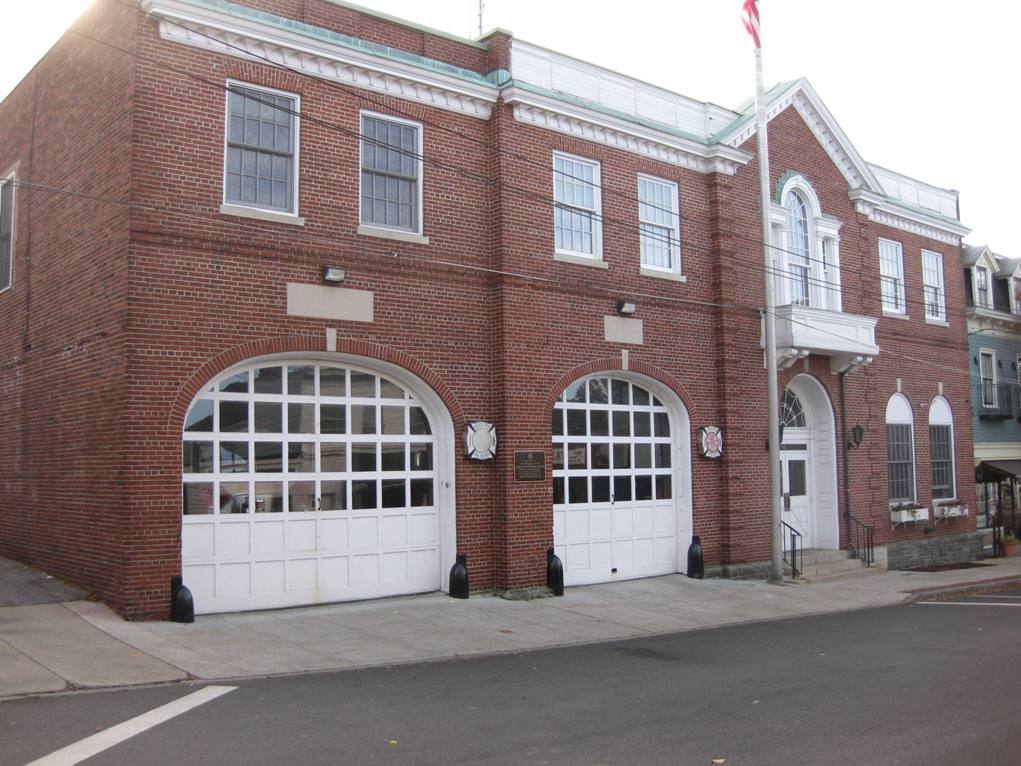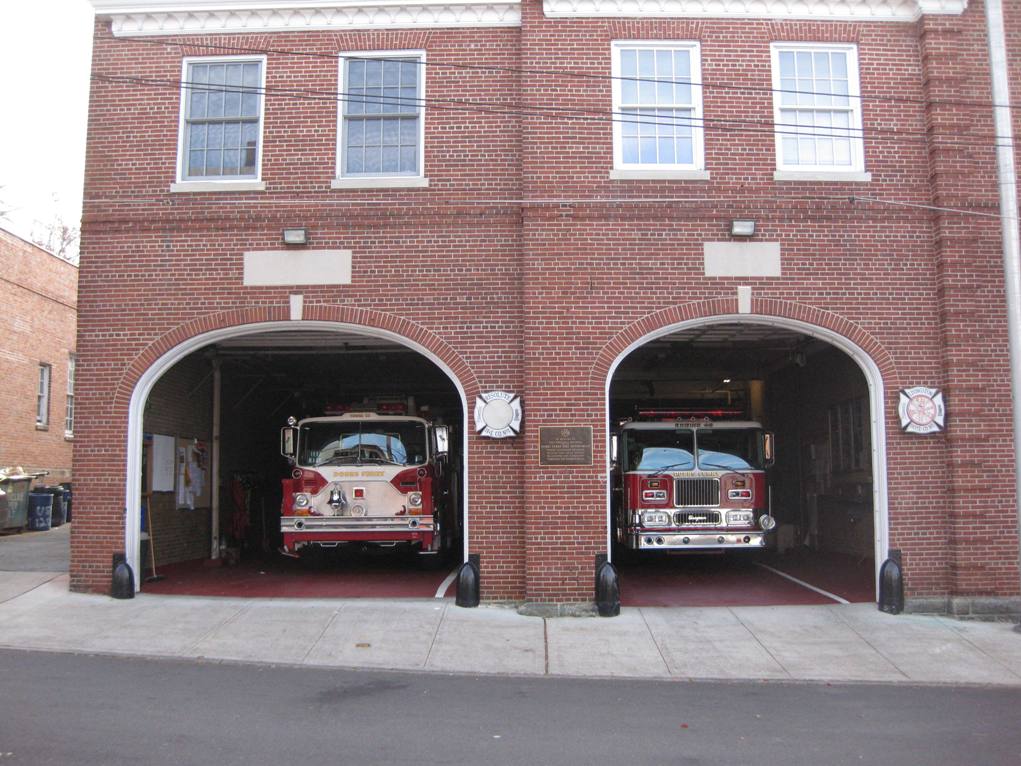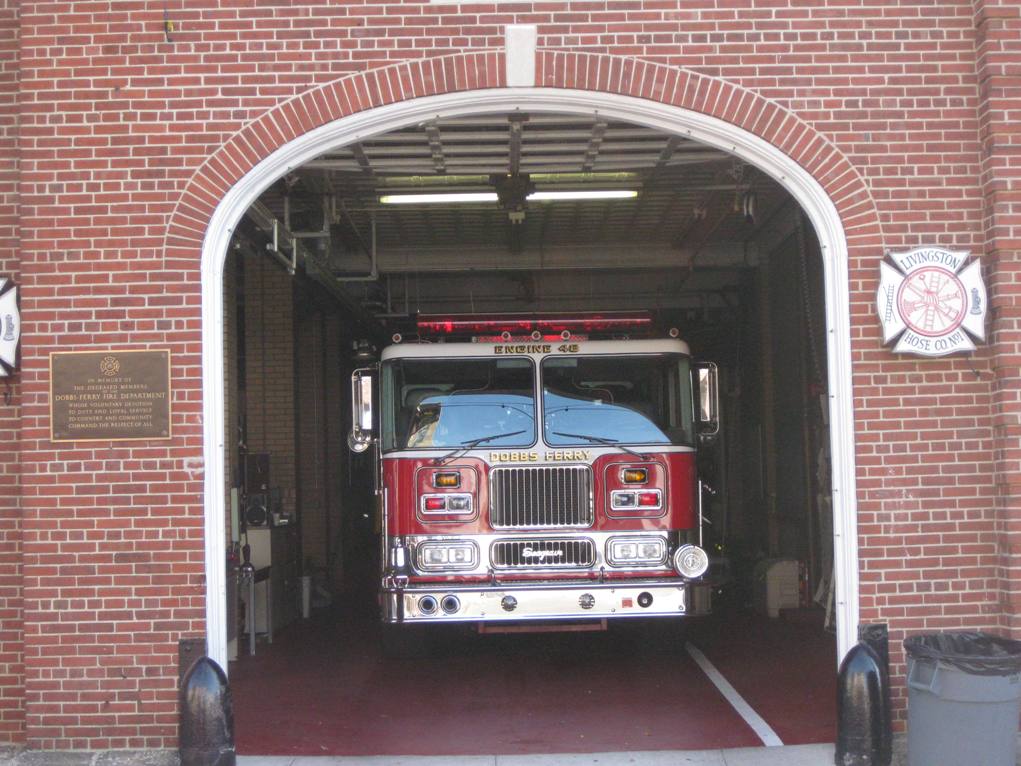 |
| Upcoming Events |
| There are currently no events |
| View All Events |
| 2024/2025 | |||
| Jan | 41 | 48 | |
| Feb | 31 | 28 | |
| Mar | 25 | 26 | |
| Apr | 30 | 26 | |
| May | 33 | ||
| Jun | 41 | ||
| Jul | 39 | ||
| Aug | 37 | ||
| Sep | 29 | ||
| Oct | 37 | ||
| Nov | 34 | ||
| Dec | 48 | ||
| Total | 425 | ||
| 2021 / 2022 /2023 Incidents | |||
| Jan | 42 | 38 | 40 |
| Feb | 42 | 37 | 44 |
| Mar | 31 | 40 | 25 |
| Apr | 28 | 28 | 44 |
| May | 27 | 38 | 38 |
| Jun | 39 | 33 | 37 |
| Jul | 39 | 37 | 52 |
| Aug | 45 | 49 | 40 |
| Sep | 61 | 34 | 26 |
| Oct | 30 | 48 | 40 |
| Nov | 37 | 32 | 39 |
| Dec | 33 | 52 | 41 |
| Total | 454 | 466 | 466 |
| Web Counters | ||||||
|
|
History Livingston Hose Company No. 1 was organized on August 15,1888 when ten men from the community charged themselves with the responsibility of protecting the lives and property of their fellow residents. These charter members were Lawrence W. Boyle, Thomas Dunworth, Arthur Guden, Joseph Clough, Patrick Gillispie, John J. Francis, John Cane, Walter S. Paulsen, William Lintland, and John R. Ackerman. After formalizing their charter and being recognized by the Village of Dobbs Ferry, the men of Livingston Hose Company elected its first set of officers. These were Foreman Arthur Guden and Assistant Foreman John J. Francis. Since its inception, Livingston Hose Company has been headquartered in several locations throughout the village. In 1888, the first location the company called home was in the Ackerman Building on Main Street, which was owned by the family of charter member John R. Ackerman. From here, the company moved to the Lauterback Building, somewhere around 1892, which was also located on Main Street. This was followed by the company relocating to the Alsworth Building on Cedar Street in the early 1900's. A few years after settling at this location, the company voted to move to the Besson Building, which was located at 91 Main Street. Then after years of moving from place to place, Livingston Hose Company petitioned the village for space in the Old Town Hall at 63 Main Street, while construction on the company's future location was underway. Finally, in 1926, construction was completed on the new Fire and Police Headquarters at 112 Main Street; where it has remained as a vital part of the village's emergency services ever since. During its years of service, Livingston Hose Company has had several different pieces of apparatus that have allowed its members to carry out their mission of protecting the residents of the village. The first apparatus to serve the company in 1888 was a hand-drawn hose pumper, which remained in service until 1897. This was replaced by a horse-drawn Stewart Hose Wagon, which actively served the company until 1912, when the company's first mechanical apparatus came into service. The company's new Loco-mobile Auto Hose Truck was the first modern piece of fire apparatus to serve the company and remained the frontline apparatus until January of 1923. Livingston's new American LaFrance Hose Truck was the company's first fully motorized apparatus. This piece of equipment served the company faithfully for 18 years. This was followed by the purchase of the 1940 Seagrave Pumper, which served the company as the frontline engine until 1963, when it became the company's first second due engine and remained in service with the company until 1977. In 1963, the company purchased a Maxim "F" Series Pumper to be the new frontline engine and replace the aging Seagrave. Unfortunately, this piece of apparatus was plagued with problems, which resulted in it only being used as a frontline engine for 14 years. The next apparatus the company purchased was the 1977 Seagrave Pumper, which was purchased directly off the lot to replace the ailing Maxim. The '77 Seagrave served the company as the frontline engine until 1999 and continues to serve as the company's second due engine. Finally, in 1999 the company purchased another Seagrave Pumper, which continues to serve today as the company's frontline engine. Throughout its history, Livingston Hose Company has done more than just respond to call for assistance from the residents of Dobbs Ferry. From 1908 to 1925 Livingston Hose Company had a champion Hose Running Team that won many First-Place trophies and held many records in its day. Then between 1914 and 1919, the company took part in a program that sent dry good to Europe to aid in the war effort and actively took part in the local civil defense program. In 1926, the company organized a rescue squad that responded to all civilian assistance calls, which was disbanded in 1960 and replaced by the police department and ambulance corp. The next major contribution from the company came in December of 1941. In response to the attack on Pearl Harbor, the company took an active part in the war effort. Their first course of action was to authorize the American Red Cross to use the company's meeting room as part of the Red Cross Defense Project. Then in February of 1942, the company once again aided the war effort by purchasing $ 1500.00 in War Bonds. This was followed in March of 1942 when the company granted an indefinite leave of absence to all members entering the armed services and excused all members working on the war program from meetings, drills, and fires, for the duration of the conflict. After the war, the company's routine returned to normal as it continued its mission of protecting the lives and property of the residents of Dobbs Ferry. The next major change in the company's routine came in the fall of 1974, as the department began to issue home based plectrons to the membership. This new advancement in technology was quickly welcomed and credited with significantly reducing the company's response time. The next major debate that took place was in the spring of 1975. Chief Stanley Raffa presented the company with the outline for the Junior Fire Explorers program and asked for a representative from the company to sit on the committee. This program was met with some skepticism; but then accepted as another branch of the department, once the program was outlined to the membership. The next major milestone in the company's history came in 1988 as Livingston Hose celebrated 100 years of dedicated service to the village; by the countless volunteers that have become part of our brotherhood. Livingston's next contribution to the village and the department came in 1989. It was during this year that the company was approached to consider leasing its properly out for the purpose of establishing affordable housing to keep the volunteers in the community; which culminated in August of 1989 when the property was officially leased for the purpose of creating Livingston Manor.
| ||||||||||||||||||||||||||||||||||||||||||||||||






